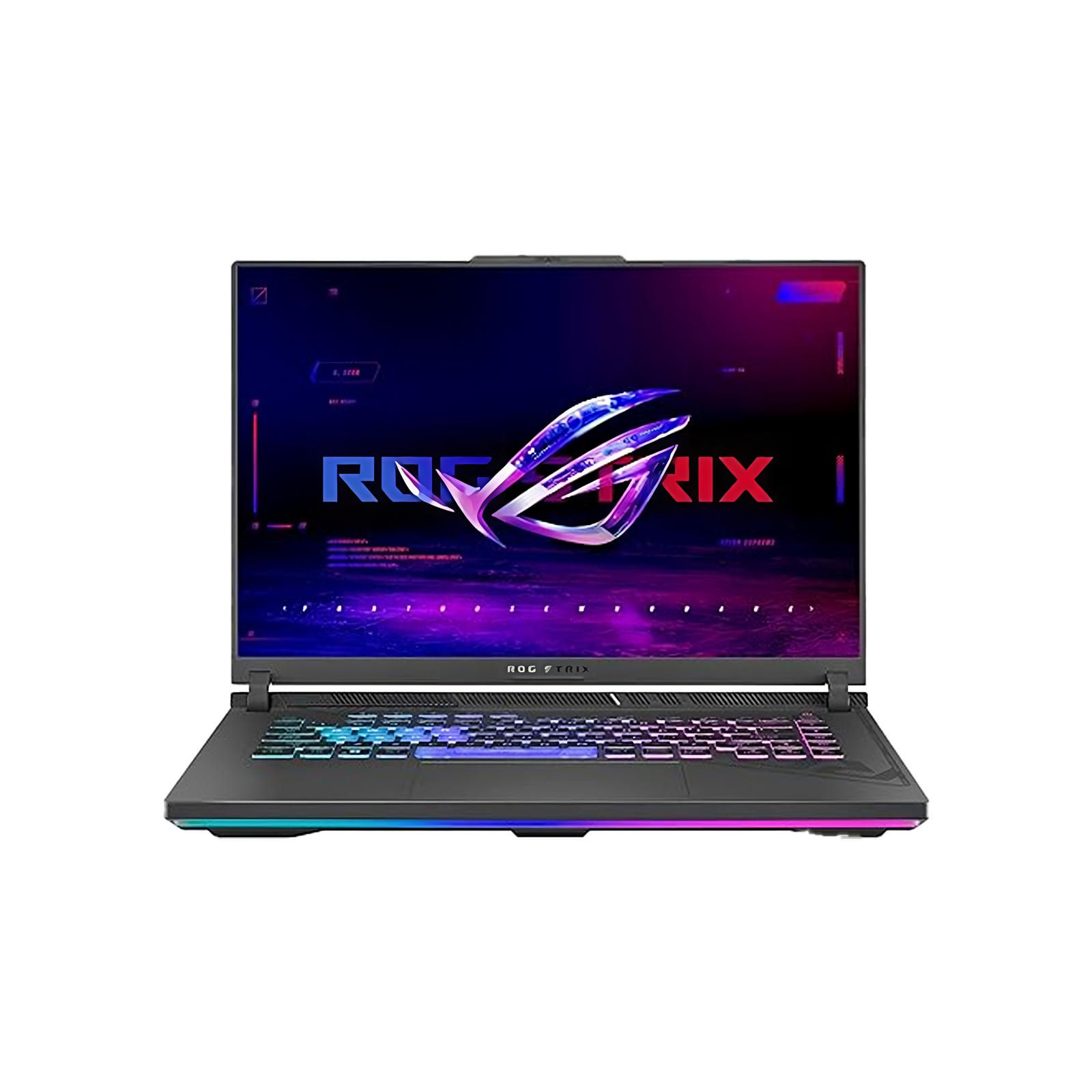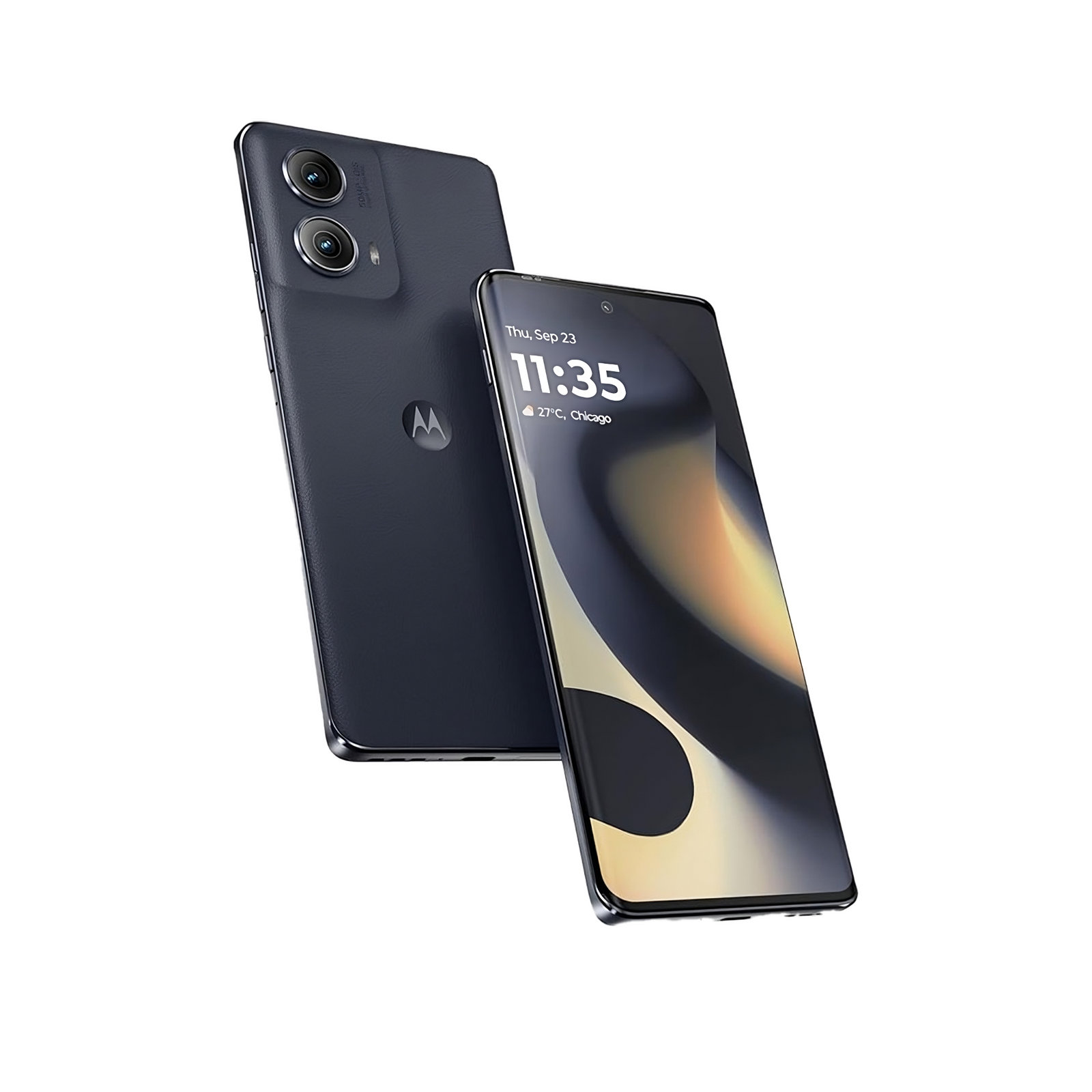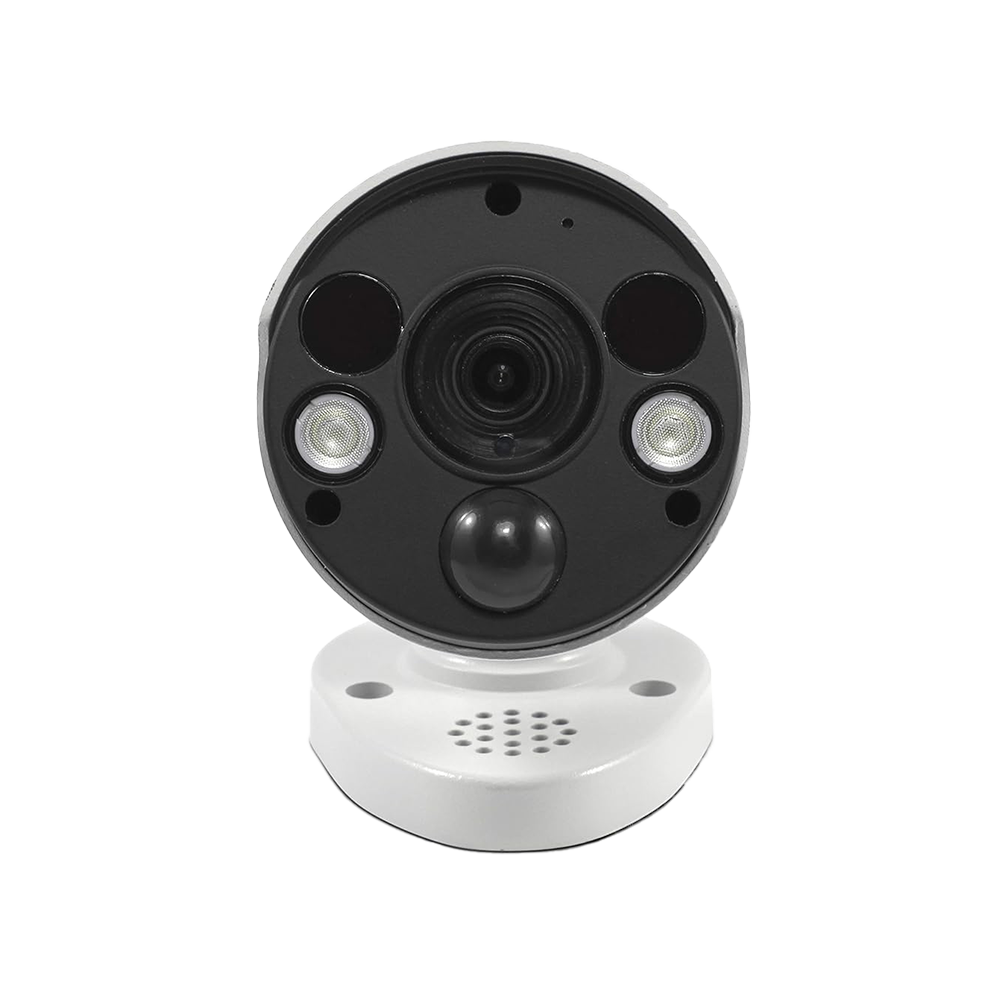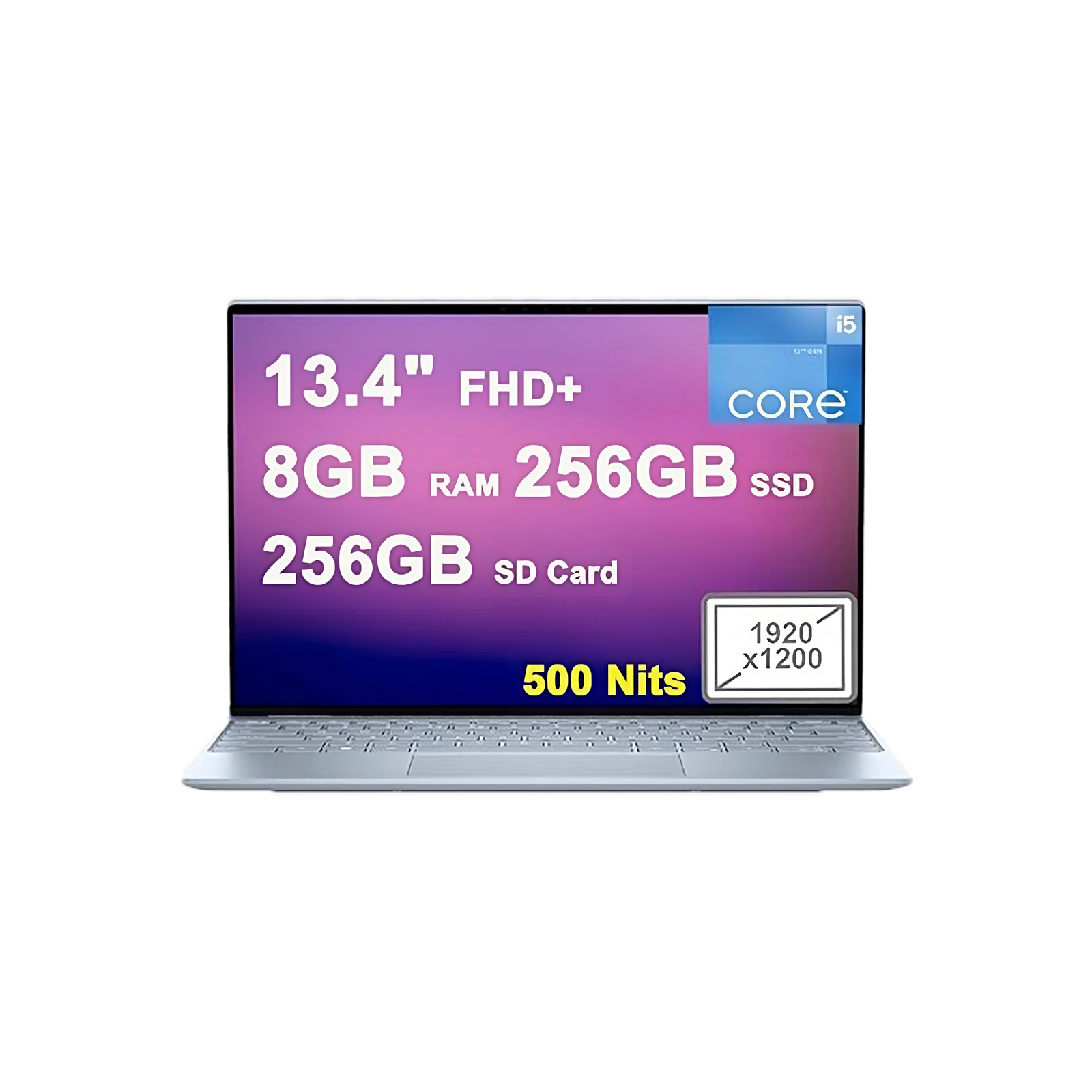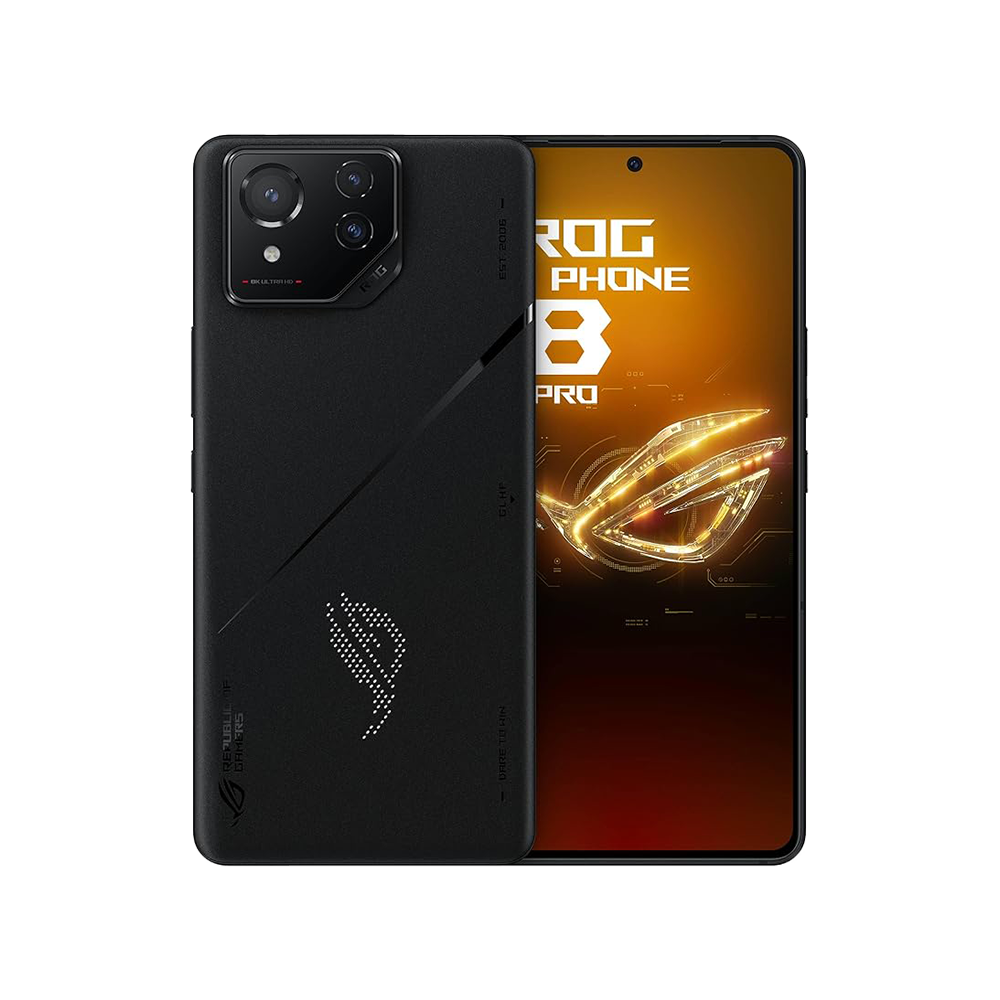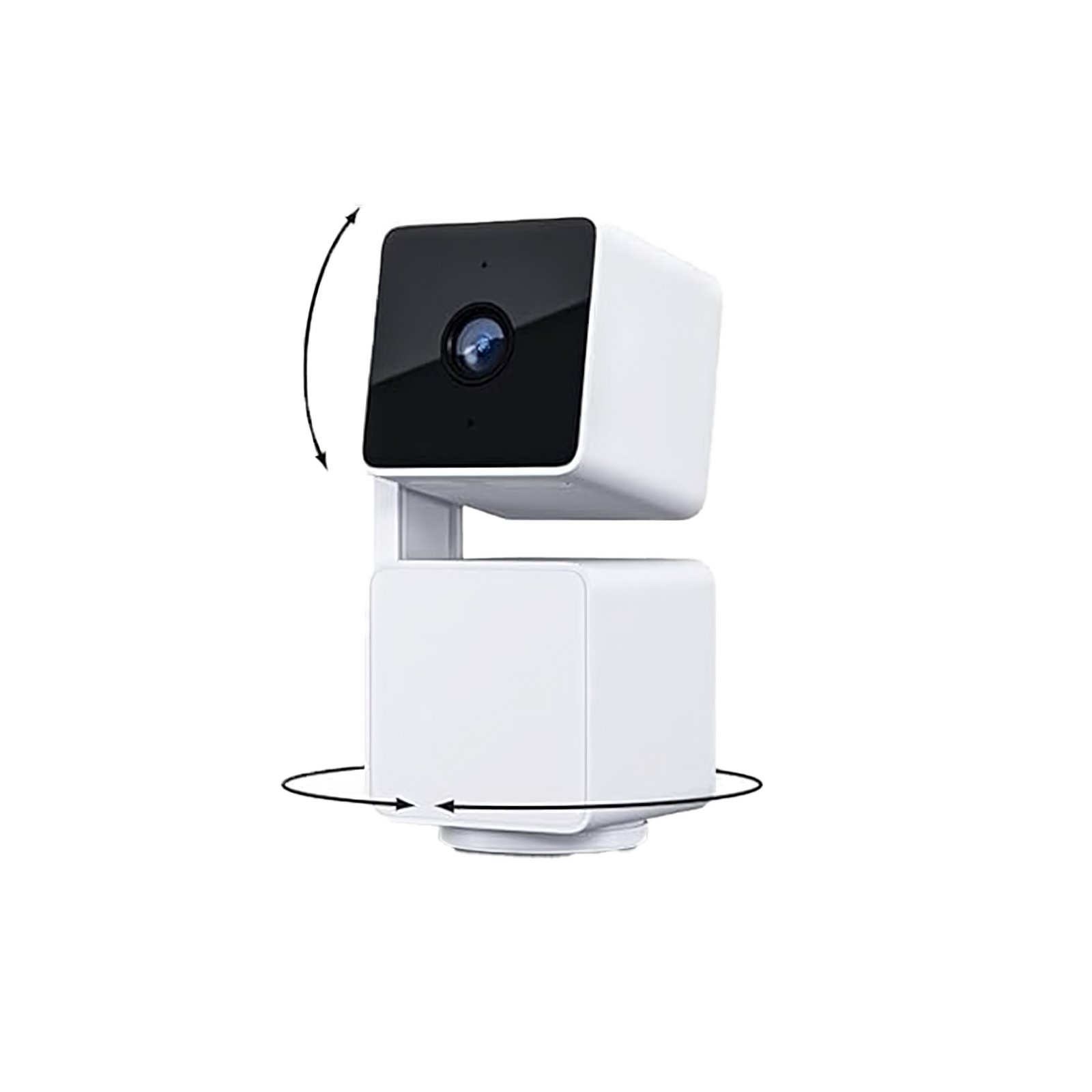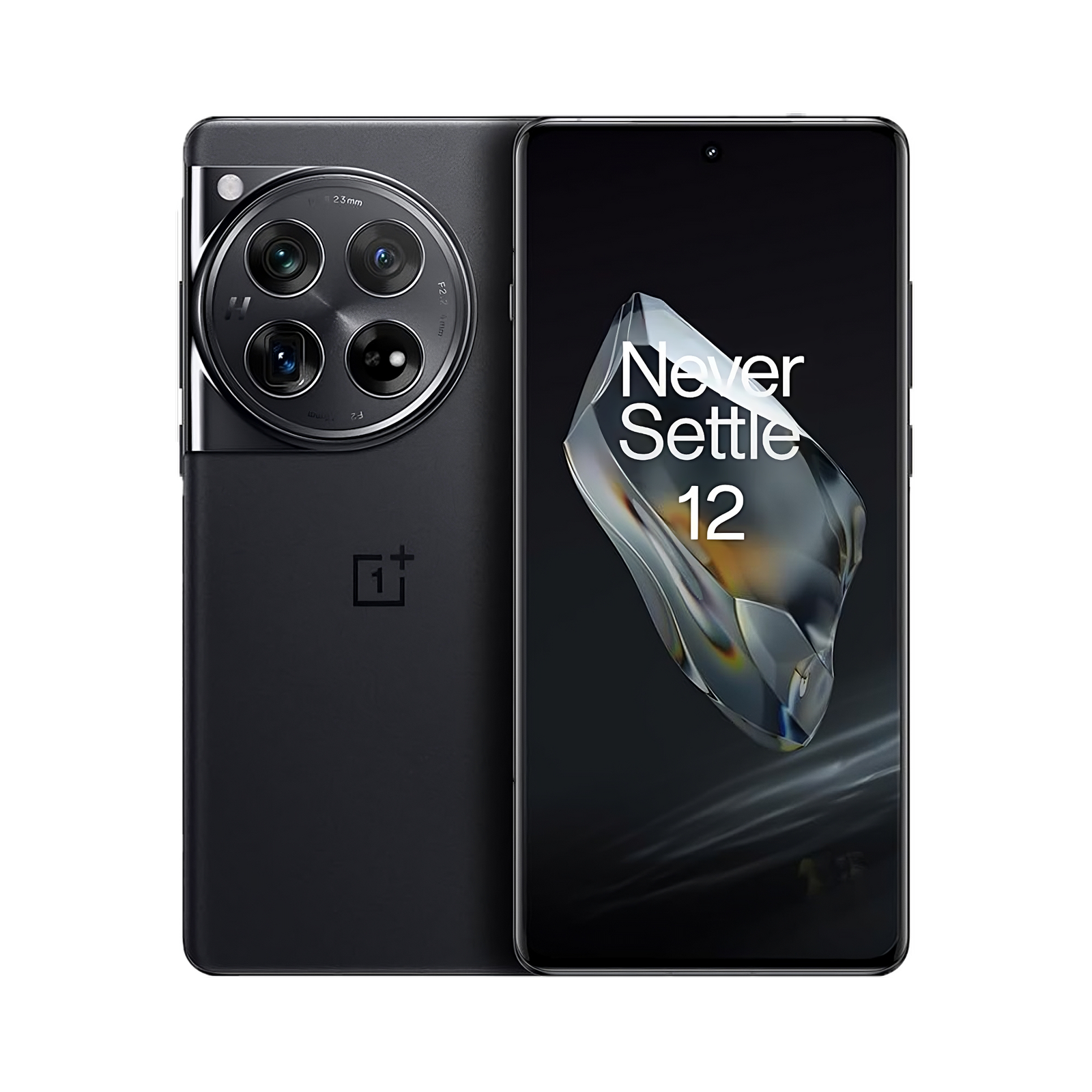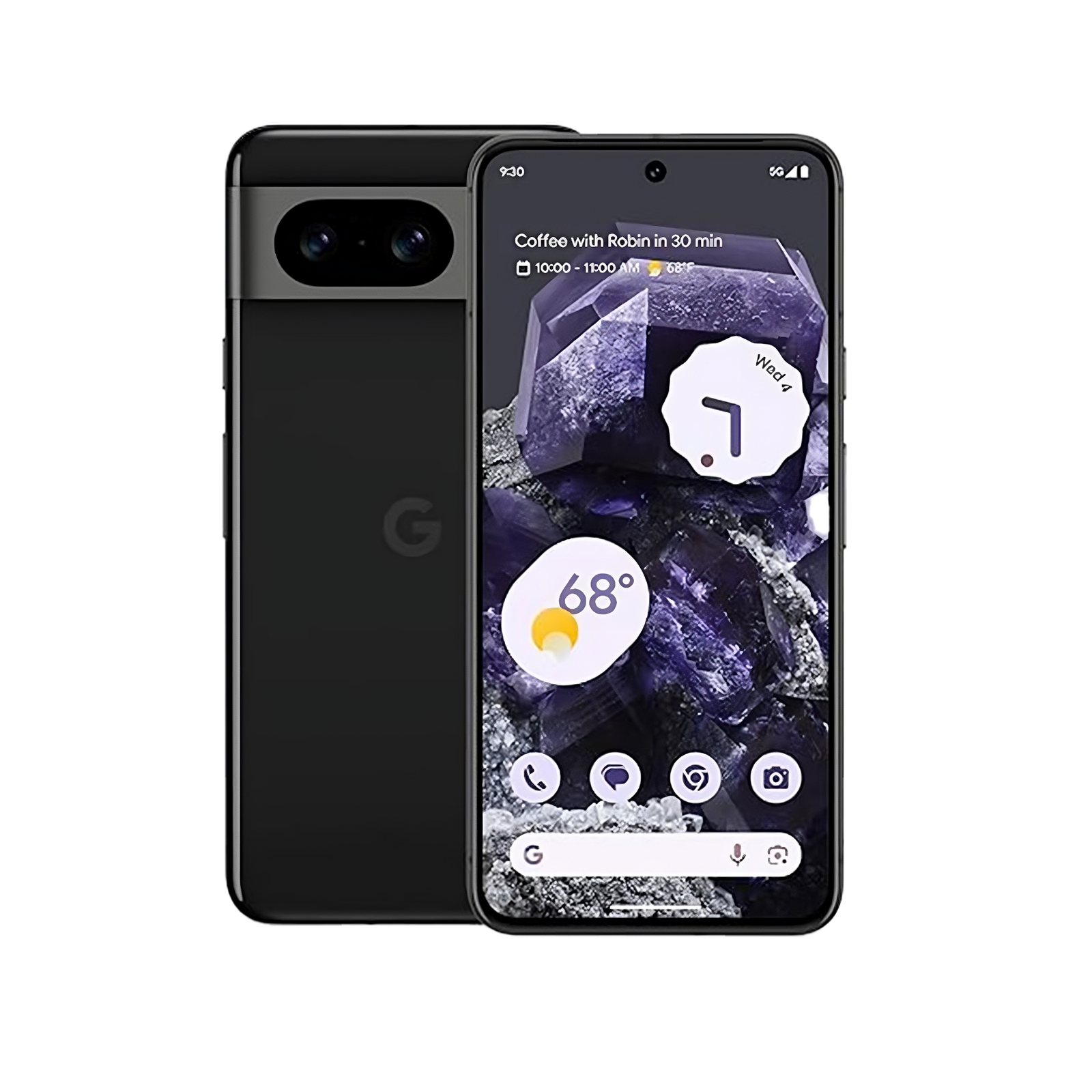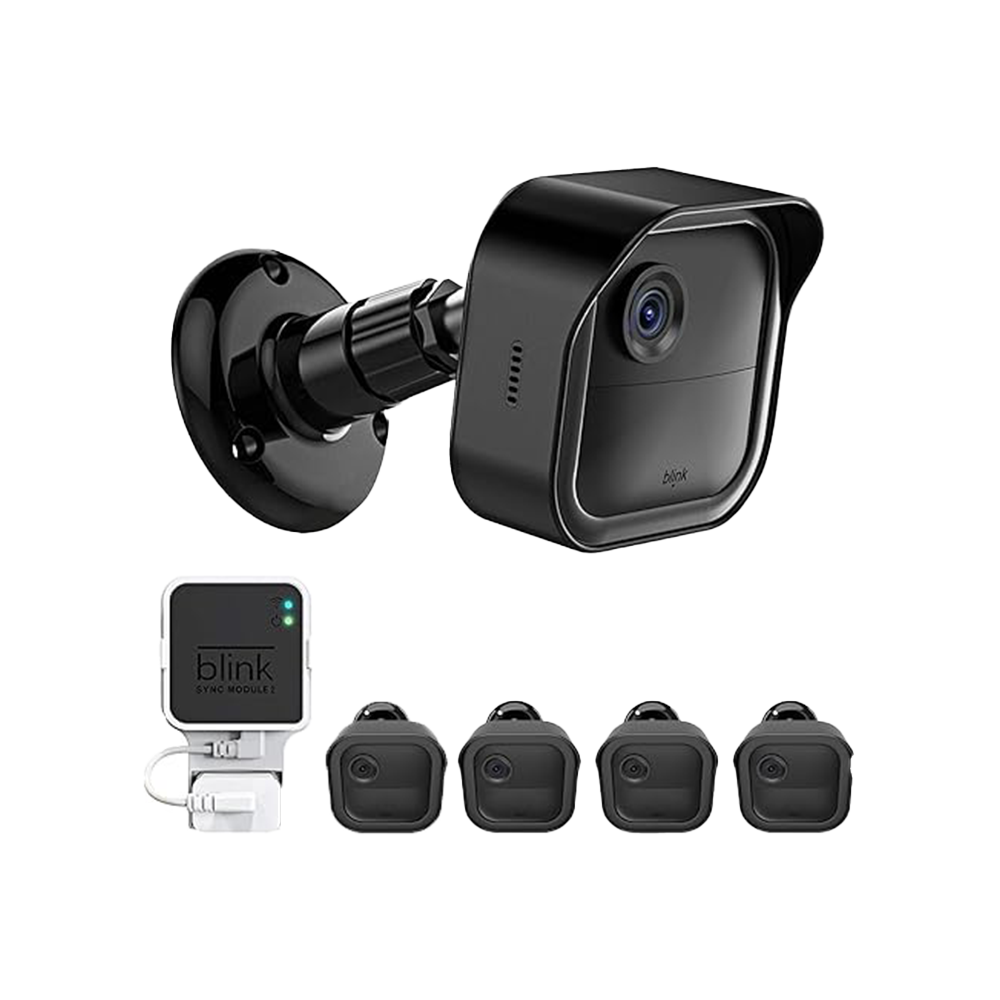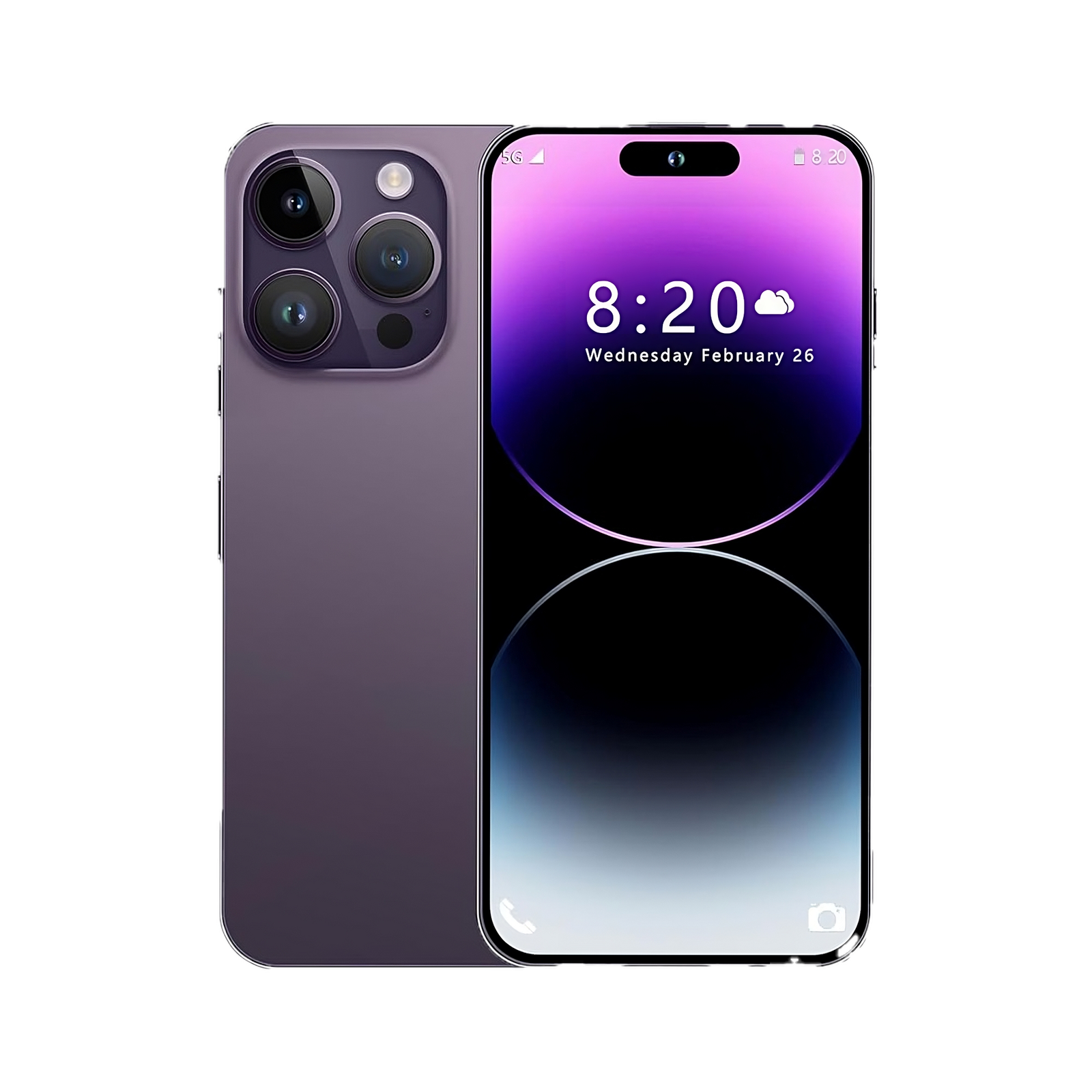Miniature electronics have become a cornerstone of modern technology, reshaping how we live, work, and communicate. These tiny yet powerful devices are integrated into everything from smartphones to medical equipment, showcasing the brilliance of miniaturization in engineering. This blog delves into the world of miniature electronics, exploring their applications, benefits, and future potential.
What Are Miniature Electronics?
Miniature electronics refer to compact and small-sized electronic components or devices designed to deliver high performance while occupying minimal space. This includes microchips, sensors, microprocessors, and even entire gadgets like fitness trackers or wireless earbuds. The primary goal of miniaturization is to enhance portability, efficiency, and functionality without compromising performance.
Applications of Miniature Electronics
- Consumer Electronics
Miniature electronics have revolutionized consumer gadgets. Smartphones, smartwatches, wireless earphones, and portable gaming consoles rely on microchips and sensors that fit into sleek, compact designs. These devices provide users with unparalleled convenience and advanced features. - Healthcare Technology
The healthcare industry benefits significantly from miniature electronics. Devices like implantable pacemakers, glucose monitors, and capsule endoscopy tools showcase how these tiny innovations are saving lives and improving patient outcomes. - Automotive Industry
Modern cars are equipped with sensors, microcontrollers, and compact cameras for advanced safety and entertainment systems. Miniaturization ensures that vehicles are lighter, more fuel-efficient, and loaded with high-tech features. - Industrial Automation
In factories and industries, miniature electronics power robotics, IoT (Internet of Things) devices, and automated machinery. These compact solutions make production lines more efficient while reducing energy consumption. - Aerospace and Defense
Miniature electronics are critical in aerospace and defense applications, where space and weight constraints are significant. From satellite systems to military drones, these components play a pivotal role in mission success.
Benefits of Miniature Electronics
- Portability: Their small size allows for the creation of lightweight, easy-to-carry devices.
- Energy Efficiency: Miniature electronics consume less power, extending battery life in portable gadgets.
- Cost-Effectiveness: Mass production of microcomponents reduces costs for manufacturers and consumers.
- Enhanced Functionality: They enable multi-functional devices, integrating various features into a single compact unit.
Challenges in Miniaturization
- Manufacturing Complexity
Producing miniature components requires advanced fabrication techniques, which can be costly and time-consuming. - Heat Management
Smaller devices often face challenges with overheating, requiring innovative cooling solutions. - Durability
Miniature electronics are more susceptible to damage from physical stress, moisture, or extreme temperatures. - High Development Costs
The research and development involved in miniaturization demand significant investment, especially for cutting-edge applications.
Future Trends in Miniature Electronics

- Nanotechnology Integration
The future of miniature electronics lies in nanotechnology, enabling even smaller components with enhanced performance. This technology will revolutionize industries like medicine, electronics, and energy. - Wearable Tech Evolution
Miniature electronics are the backbone of wearable technology. Expect innovations like smart clothing, AR/VR glasses, and health-monitoring implants to become mainstream. - AI and IoT Expansion
Miniature electronics will continue driving AI and IoT development. Devices will become smarter, more interconnected, and capable of real-time data processing. - Sustainable Designs
The push for eco-friendly solutions will lead to the creation of energy-efficient, recyclable miniature devices.
Conclusion
Miniature electronics are not just a trend; they represent the future of technology. From transforming healthcare to powering smart homes, their impact is undeniable. While challenges in manufacturing and durability persist, advancements in materials science and nanotechnology promise to overcome these hurdles.
As industries embrace the potential of miniaturization, we can expect even more groundbreaking innovations that fit in the palm of our hands yet hold the power to change the world.²
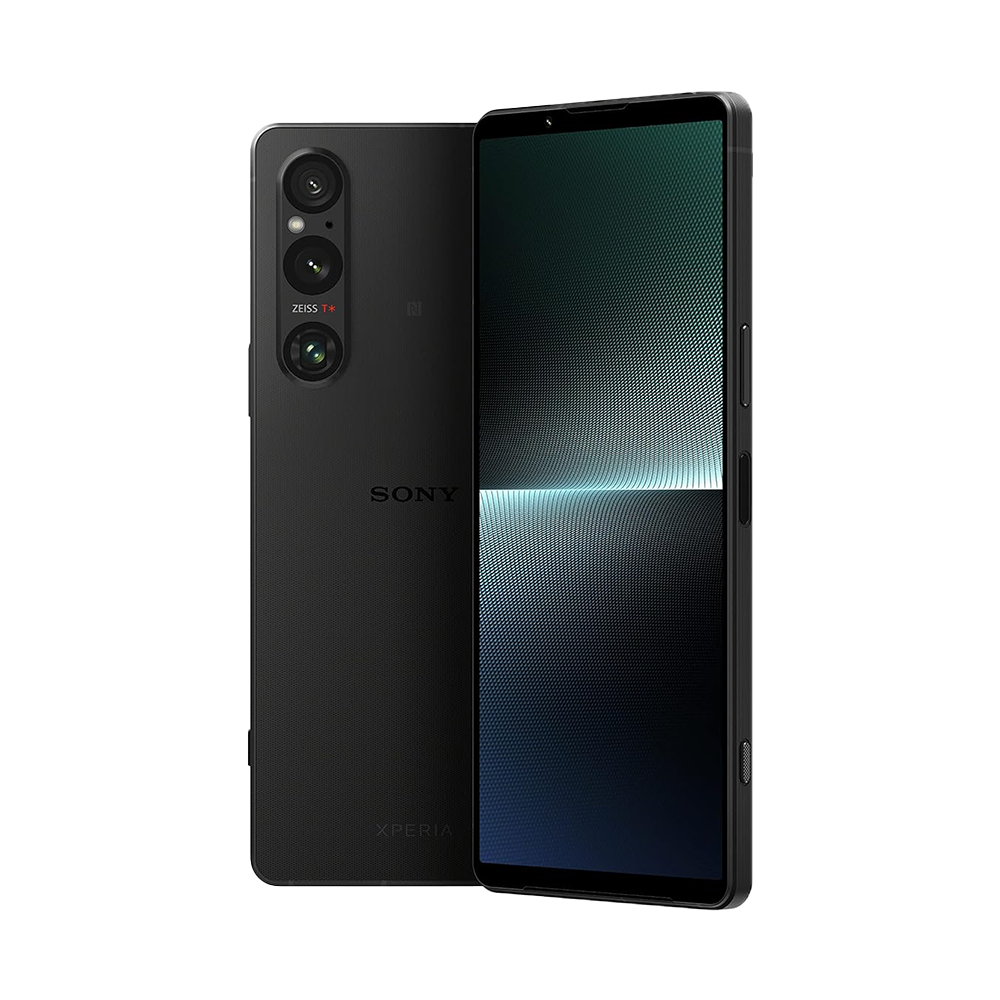
Sony Xperia 1 V - A Smartphone for Creators
Original price was: $1,399.99.$998.00Current price is: $998.00.
Moto G Play (2023) Unlocked Smartphone
Original price was: $111.78.$99.99Current price is: $99.99.
HP 14 Laptop (Model 14-dq0040nr) – Snowflake White
Original price was: $209.99.$178.40Current price is: $178.40.
Arlo Video Doorbell 2K – 180° View & Night Vision Security
Original price was: $129.99.$99.99Current price is: $99.99.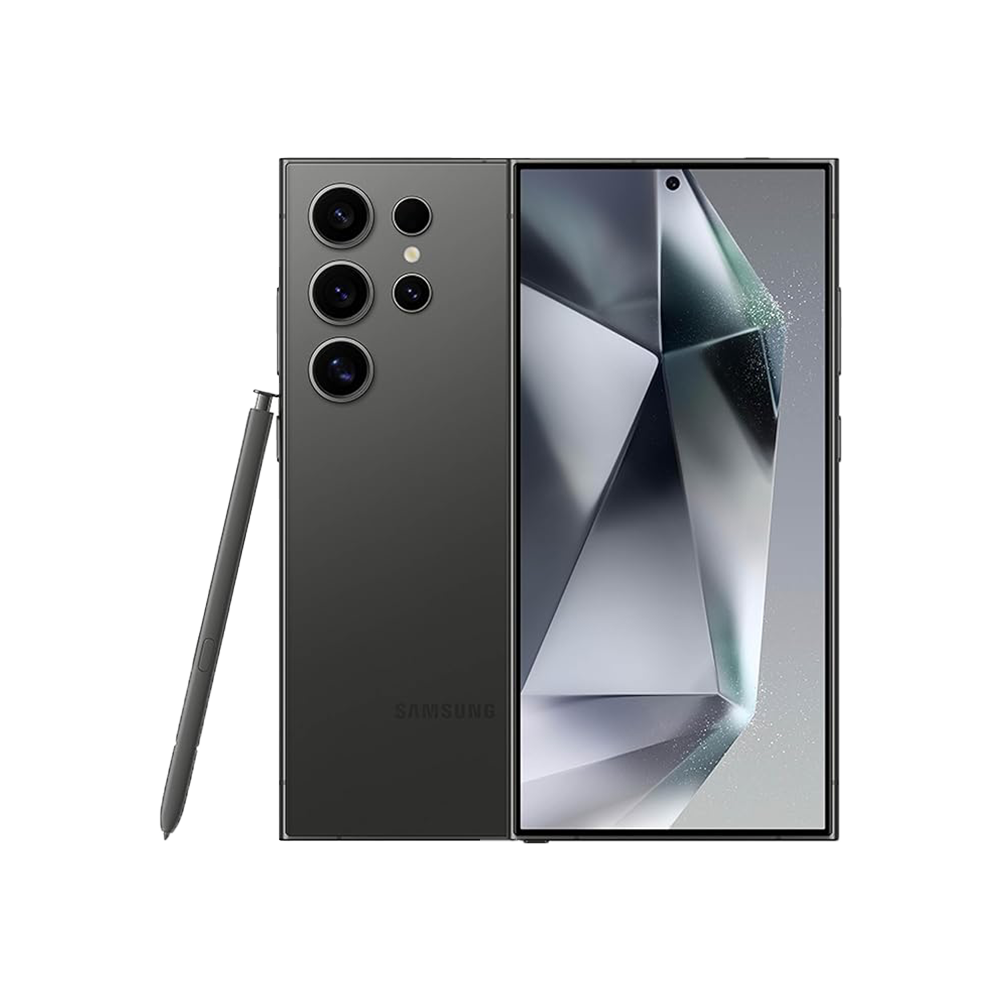
Samsung Galaxy S24 Ultra - 200MP Camera, 512GB Storage | 2024’s Best Smartphone
Original price was: $1,419.99.$1,069.99Current price is: $1,069.99.
JBL Wireless Headphones – Pure Bass Sound with Long Battery Life
Original price was: $39.95.$29.95Current price is: $29.95.
TP-Link Tapo C100 Review: 1080P Indoor Security Camera
Original price was: $24.99.$17.99Current price is: $17.99.
Kasa Smart Indoor Pan-Tilt Home Security Camera (EC71)
Original price was: $34.99.$23.99Current price is: $23.99.
ASUS Vivobook Go 15.6 FHD Slim Laptop
Original price was: $299.99.$279.99Current price is: $279.99.
Beats Studio Buds – True Wireless Noise Cancelling Earbuds
Original price was: $149.95.$99.15Current price is: $99.15.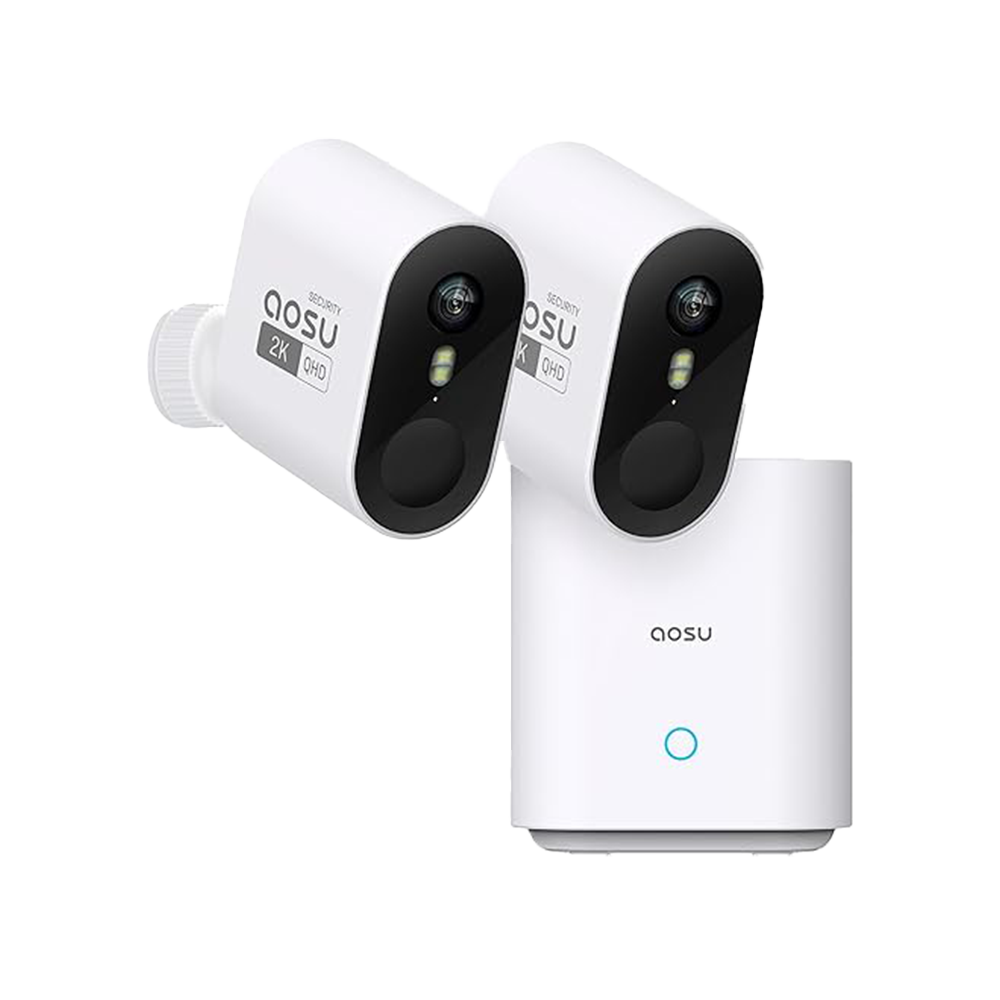
The AOSU Security Cameras Wireless Outdoor Home System
Original price was: $199.99.$139.99Current price is: $139.99.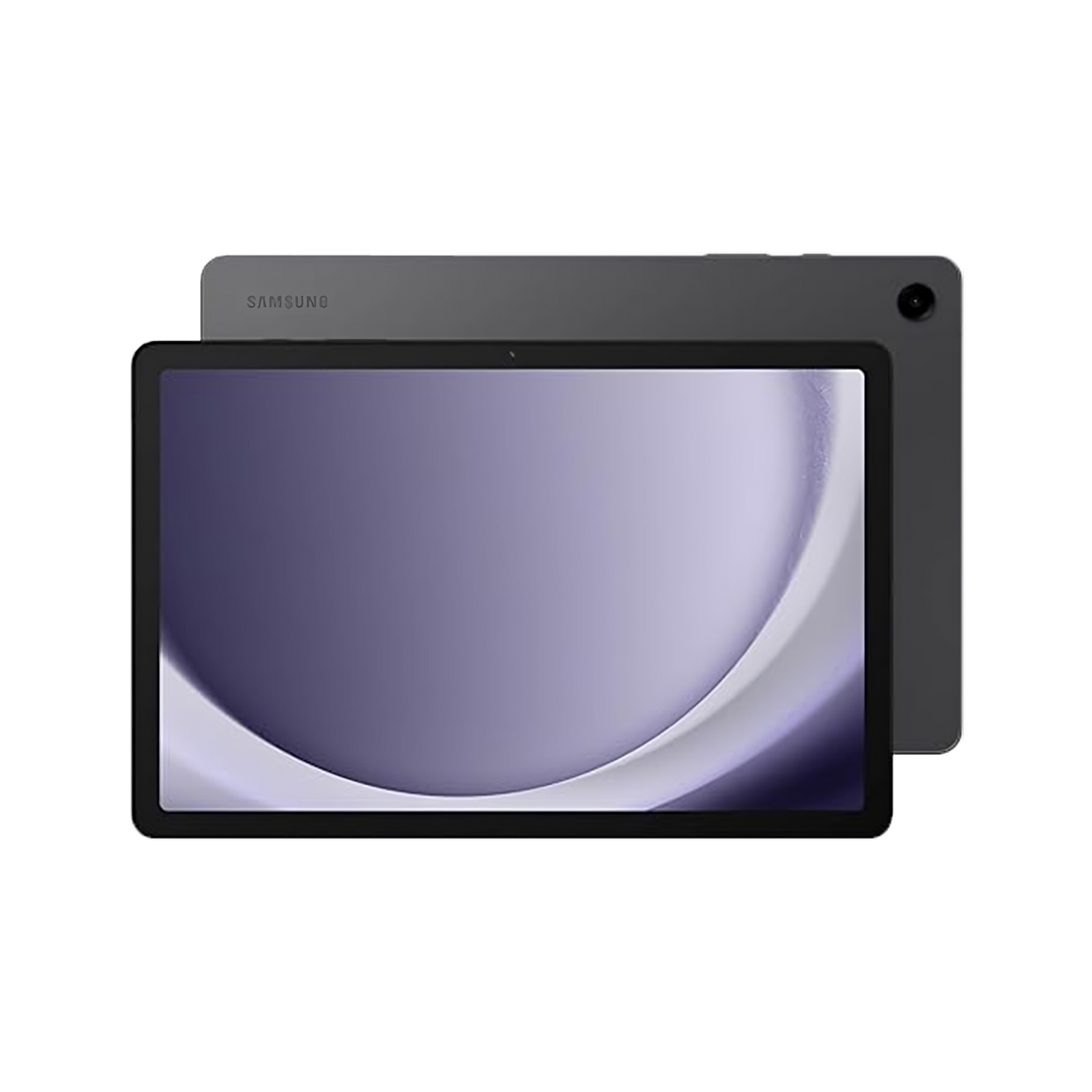
Family Fun Elevated: Samsung Galaxy Tab A9+
Original price was: $219.99.$139.99Current price is: $139.99.




